Hair is often called the “crown of our head,” and when we begin to lose it, it can feel like losing a part of our identity. Hair thinning isn’t just a cosmetic issue—it can seriously affect confidence and emotional well-being. Whether you’re a man noticing a receding hairline or a woman struggling with a widening part, the concern is real. But why does this happen? And more importantly—can it be reversed?
In this article, we’ll explore:
-
The real causes behind hair thinning in both men and women
-
Simple home remedies and lifestyle changes that work
-
Effective medical treatments and products
-
When to see a doctor
Let’s break it down.
What is Hair Thinning?
Hair thinning refers to gradual hair loss that doesn’t necessarily lead to complete baldness but makes the scalp more visible over time. Unlike sudden hair fall, thinning is slow and often more difficult to notice in the beginning.
⚠️ Common Signs of Hair Thinning
-
More hair on your pillow or comb than usual
-
Scalp becoming more visible
-
Widening hair part
-
Overall decrease in hair volume
-
Hair strands feel weaker or more fragile
Major Causes of Hair Thinning in Men & Women
Let’s look at the most common causes for both genders, divided into lifestyle, genetic, hormonal, and health-related issues.
1. Genetics (Androgenetic Alopecia)
-
In Men: Often starts with a receding hairline and thinning on the crown.
-
In Women: Causes overall thinning, especially on the top of the scalp.
👉 Solution: Use FDA-approved treatments like Minoxidil (Rogaine), or consult a dermatologist for PRP therapy or laser treatments.
2. Hormonal Imbalance
-
In Women: Conditions like PCOS, menopause, or postpartum hormonal shifts can trigger hair thinning.
-
In Men: Lower testosterone or DHT sensitivity can cause hair shrinkage.
👉 Solution: Get hormone levels checked. Women may benefit from birth control pills, anti-androgens, or lifestyle changes. Men may consider DHT blockers (only after doctor consultation).
3. Nutritional Deficiencies
Lack of iron, protein, zinc, Vitamin D, or B12 can severely affect hair growth.
👉 Solution:
-
Eat foods rich in protein (eggs, fish, legumes).
-
Take iron and vitamin supplements (after a blood test).
-
Stay hydrated and avoid crash diets.
4. Stress (Emotional or Physical)
Events like surgery, emotional trauma, or intense stress can push hair into a “resting” phase (telogen effluvium).
👉 Solution:
-
Manage stress through meditation, yoga, or therapy.
-
Avoid frequent hair coloring or heat styling.
-
Sleep 7–8 hours every night.
5. Hair Styling Habits
-
Tight ponytails, braids, or using hot tools can cause traction alopecia.
-
Using harsh chemicals or shampoos can damage hair.
👉 Solution:
-
Switch to mild, sulfate-free shampoo.
-
Limit heat styling and give your hair regular “no-style” days.
-
Use a wide-tooth comb instead of a brush.
6. Medical Conditions
-
Thyroid disorders
-
Autoimmune diseases (like alopecia areata)
-
Scalp infections or dermatitis
👉 Solution:
-
Seek medical diagnosis.
-
Treat the underlying issue to stop further hair loss.
Natural Home Remedies That Actually Work
Here are a few natural remedies backed by both traditional wisdom and some science.
🧅 Onion Juice
-
Contains sulfur, which boosts collagen and promotes regrowth.
-
Apply 2–3 times a week.
🌿 Aloe Vera
-
Soothes the scalp and reduces dandruff.
-
Apply aloe vera gel directly on the scalp and rinse after 30 minutes.
🧴 Coconut Oil Massage
-
Improves blood circulation.
-
Reduces breakage and strengthens roots.
🍵 Green Tea Rinse
-
Contains antioxidants that promote hair growth.
-
Rinse your hair with cooled green tea after shampooing.
Best Medical Treatments for Hair Thinning
If home remedies don’t work, here are science-backed options:
1. Minoxidil (Rogaine)
-
FDA-approved topical solution for both men and women.
-
Helps in regrowth and prevents further thinning.
2. Finasteride (Propecia)
-
Prescription-only pill (for men only).
-
Reduces DHT and slows hair loss.
3. Platelet-Rich Plasma (PRP) Therapy
-
Your own blood is used to promote scalp healing and hair regrowth.
-
Requires multiple sessions.
4. Hair Transplant Surgery
-
Involves relocating hair from thicker parts to bald spots.
-
Costly but permanent.
Lifestyle Changes That Support Healthy Hair
-
Balanced Diet: Include leafy greens, nuts, lean proteins, and fruits.
-
Hydration: Drink at least 8 glasses of water a day.
-
Exercise: Improves circulation and hormonal balance.
-
Limit alcohol/smoking: Both reduce hair growth.
When Should You See a Doctor?
-
If hair loss is sudden or severe
-
If accompanied by rashes or scalp irritation
-
If you suspect a medical condition
Myths About Hair Thinning
-
❌ Shampooing daily causes hair loss: Not true. Use a gentle shampoo instead.
-
❌ Only men lose hair: Women suffer from hair thinning too—sometimes more silently.
-
❌ Hair oils can cure baldness: Oils can nourish, not regrow lost hair.
Conclusion
Hair thinning is more common than you think, and it doesn’t make you any less beautiful or strong. But you don’t have to accept it silently. Understanding the cause of your hair loss is the first step. Whether you try home remedies, over-the-counter treatments, or consult a specialist—take action today.
Because hair might be just strands to some, but to you—it’s a story, a memory, and a sign of health.
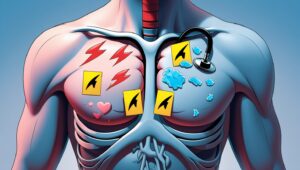
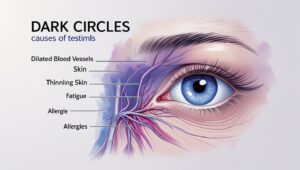



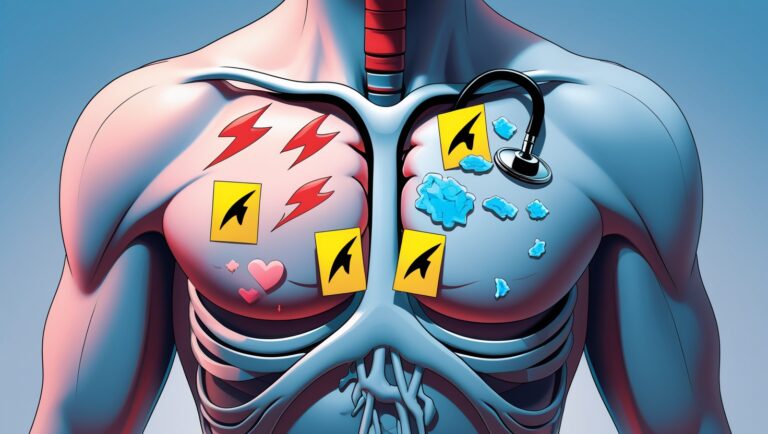
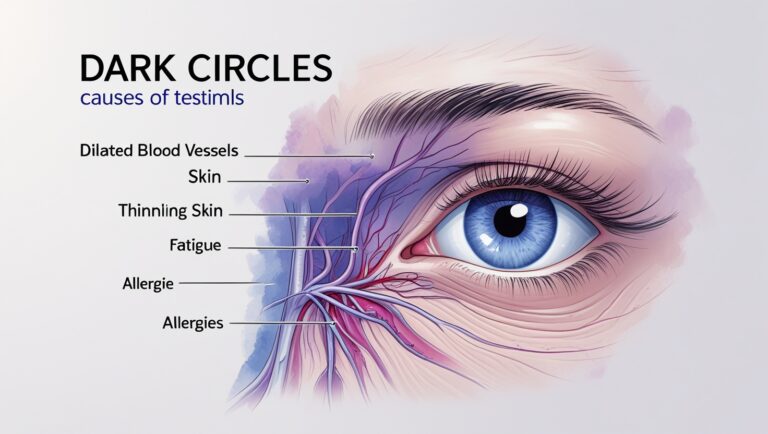
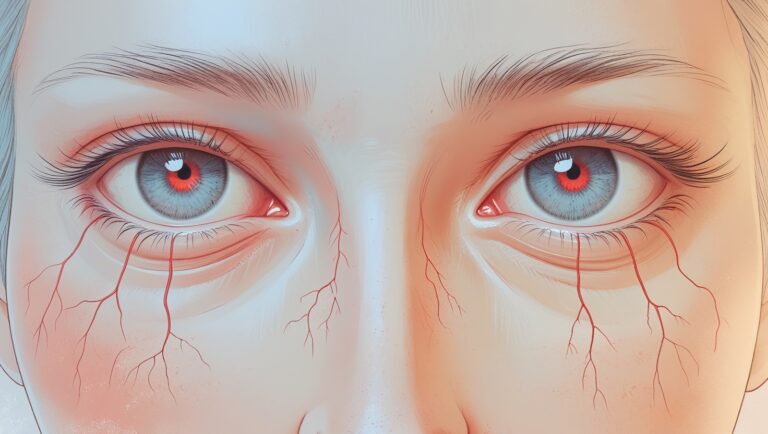
![Is Daily Hair Washing Bad for Your Hair? [Expert Guide]](https://greakstive.com/wp-content/uploads/2025/06/1750177120384-300x171.jpg)